Ever since the introduction of the “Dragon Ball Super” series, which continues the saga after the events of “Dragon Ball Z”, fans have been able to enjoy both the manga and its subsequent anime. While they both center around the same foundational characters and plot, they are not entirely the same. With this in mind, let’s take a look at the differences between anime & manga for Dragon Ball Super.
Art and Animation
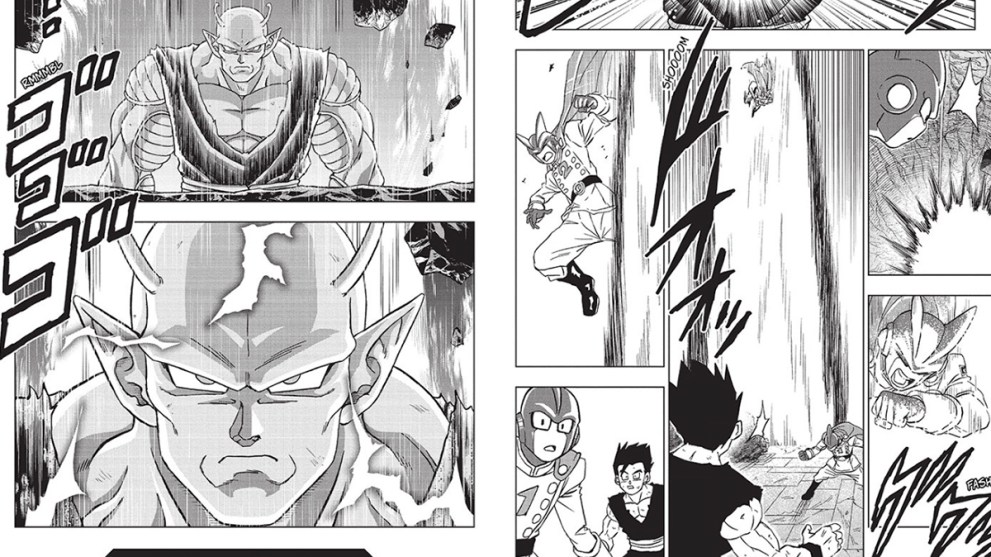
Manga: Illustrated by Toyotarō under the guidance of series creator Akira Toriyama, the manga offers a detailed and consistent art style. Each panel is meticulously crafted, allowing for nuanced facial expressions and fluid combat sequences.
Anime: Produced by Toei Animation, the anime’s animation quality can vary from episode to episode. Depending on the animators and schedule, some episodes might have exceptional animation, while others might fall short. The recent Super Hero movie also experimented with more of a CGI style that is reminiscent of the Dragon Ball FighterZ fighting game.
Pace of the Story
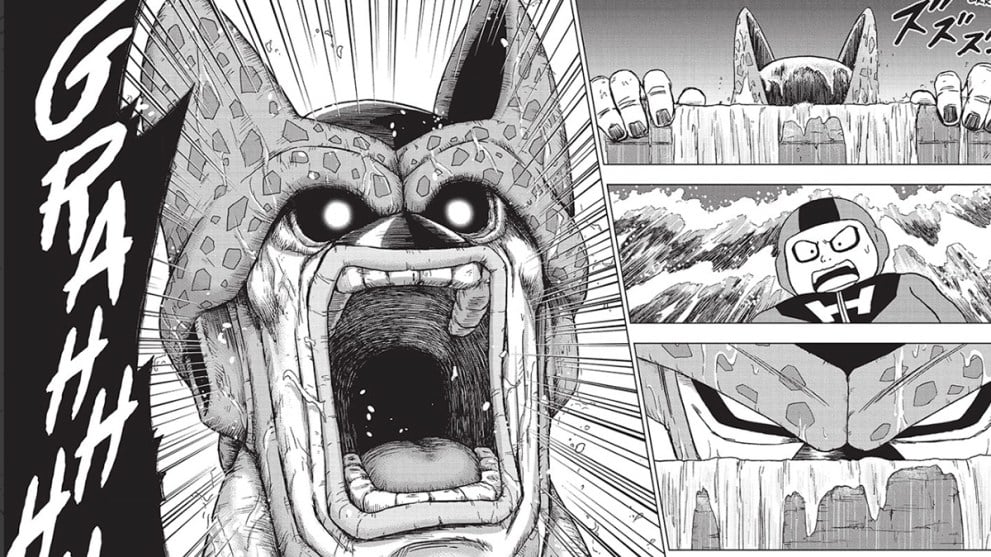
Manga: Typically, manga has the luxury to proceed at its own pace, and DBS is no exception. Story arcs are more streamlined, and certain events progress faster compared to the anime. Monthly publications mean that each chapter covered can offer more plot progression and/or a more concise version of the story. And since the anime sources the manga, there are many instances where the manga needs to stay ahead, and if the anime’s schedule gets ahead, it releases filler.
Anime: Being a weekly series, the anime sometimes has a slower pace or filler episodes to give the manga time to progress and fit a Japanese TV’s network schedule. This can mean added content or extended scenes that weren’t present in the manga. But this is not always a bad thing. As a matter of fact, fans should look at this as an opportunity to enjoy more content of their favorite anime and characters.
Lore & History
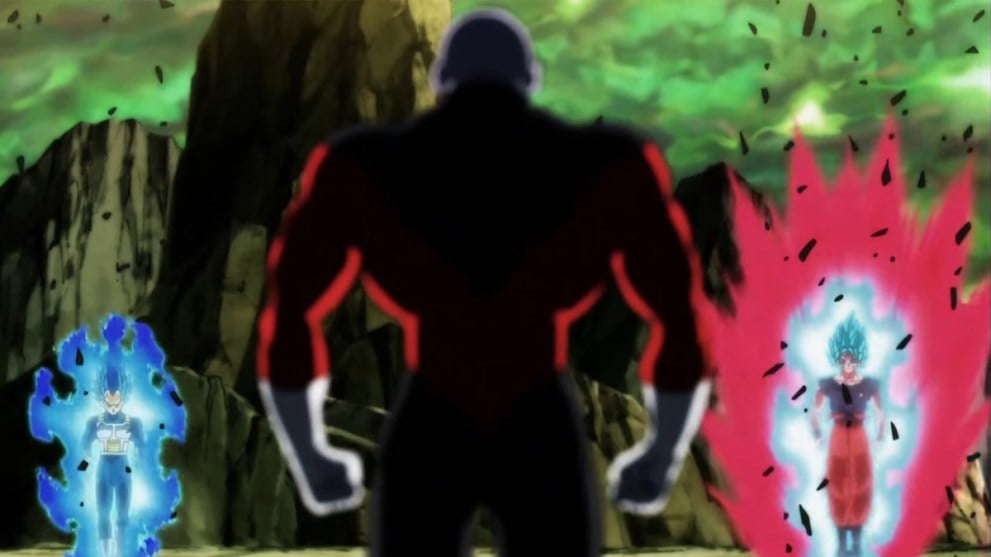
Manga: In some cases, the manga delves deeper into the lore and mechanics of the Dragon Ball universe. The manga sometimes provides more detailed explanations for the origins of certain powers or abilities that characters gain. For instance, Goku’s mastery of Super Saiyan Blue is portrayed differently in the manga.
Anime: The anime tends to delve deeper into the backstory of some characters, providing episodes dedicated to their histories. And in hindsight, the anime can add new elements to the lore like its own spin on power-ups and transformations. For example, the anime introduced the Super Saiyan Blue Kaioken, a technique not present in the manga. This can offer a richer understanding of the DBS universe for anime watchers.
Story Arcs
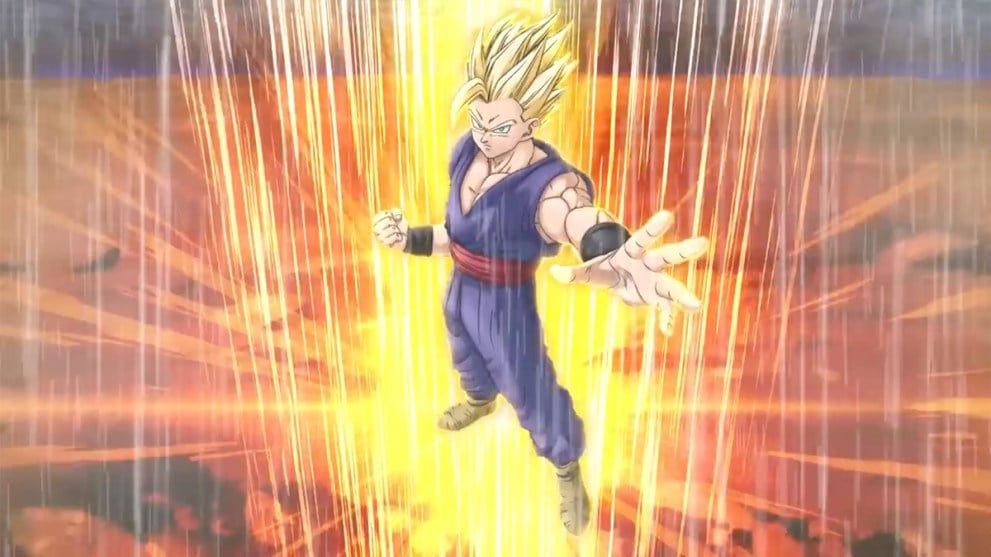
Manga: When original animations are made direct to video, streaming, or the movies, these stories are usually briefly added to the manga later or are quickly summarized. For example, the Resurrection ‘F’ saga, is skipped entirely in the manga, with only brief references. The Broly movie is also missing from the manga except for a few panels. The Super Hero movie has a more involved storyline with Krillin’s police work and he fights Hachimaru.
Anime: The anime can also skip certain arcs and even adds its own exclusive fillers, giving fans more content, albeit not all of it essential to the main storyline. Currently, the anime is missing, and might even be skipping out entirely on the Moro and Granolah arcs present in the manga.
Plot and Character Differences
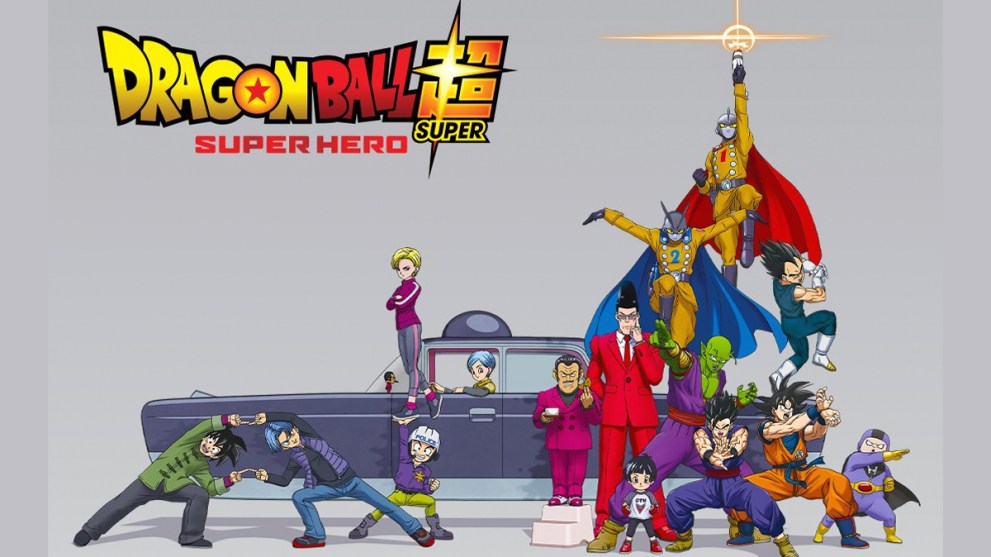
There have been several significant plot divergences and character differences between the two formats. A few examples include:
Battle of Gods Arc
While the general plot remains the same, the intensity and duration of the fight between Goku and Beerus differs between the manga and anime.
Goku Black Arc
The “Goku Black” arc in “Dragon Ball Super” is one of the most talked-about storylines in the series, and while it maintains a consistent narrative across both the manga and anime versions, there are notable differences between the two mediums. In the anime, certain events unfold with a more protracted pace, offering extended fight sequences, additional character development, and some unique transformations like Trunks’ “Super Saiyan Rage” form, which doesn’t appear in the manga.
Meanwhile, the manga adaptation of this arc, penned by Toyotarō under the guidance of Akira Toriyama, has its distinct storytelling elements, different fight dynamics, and portrays certain characters, like Zamasu and Goku Black, with slight variations in personality and motives. For example, in the manga, Vegeta battles Goku Black in his Super Saiyan God form before transitioning to Super Saiyan Blue for brief spurts, a strategy to conserve energy, whereas in the anime, this particular tactic isn’t showcased. Such differences are not uncommon in anime and manga adaptations, as they often cater to different audiences and production timelines.
Tournament of Power Arc
The “Tournament of Power” arc in “Dragon Ball Super” stands as a pivotal point in the series, marking an ensemble of characters and intense battles. While the overarching narrative remains consistent between the anime and manga, there are several distinguishing features in each version. In the anime, the event covers a more extensive span of episodes, enabling more in-depth exploration of individual battles, character interactions, and showcasing transformations like Mastered Ultra Instinct Goku. The anime also offers a higher degree of fan service, highlighting various characters’ signature moves and interactions not seen in the manga.
On the other hand, the manga adaptation, created by Toyotarō, condenses the event, providing a more streamlined narrative, which, at times, offers different fight outcomes and character portrayals. For instance, in the manga, Gohan faces off against Kefla, whereas, in the anime, it’s Goku who battles the fused Saiyan. Next, Master Roshi’s moments in the anime vs. the manga showcase different challenges and opponents. Also, the portrayal of certain techniques, like Ultra Instinct, slightly varies in execution and appearance between the two versions. Both the anime and manga versions cater to their respective audiences, balancing pacing, and depth of content.
Conclusion
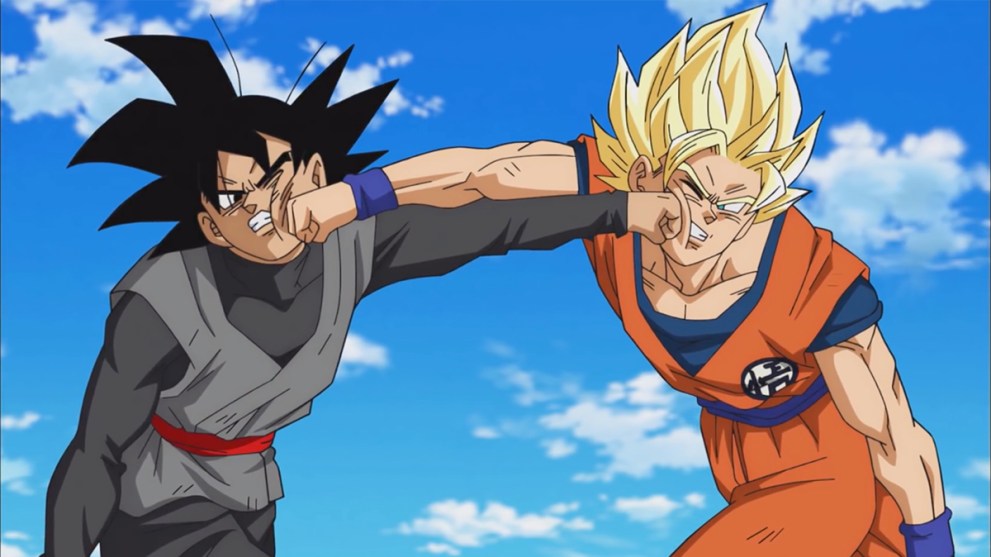
Both the Dragon Ball Super manga and anime bring unique flavors to the table for the same awesome series. While the manga offers a concise and streamlined experience with Toyotarō’s distinct artistic touch, the anime provides a broader exploration of the story with added depth in character backstories and extended fight sequences. Whether you’re Team Manga or Team Anime, there’s no denying that Dragon Ball Super continues to captivate fans worldwide in every format across video games and TCGs. And ultimately, you can enjoy them all!

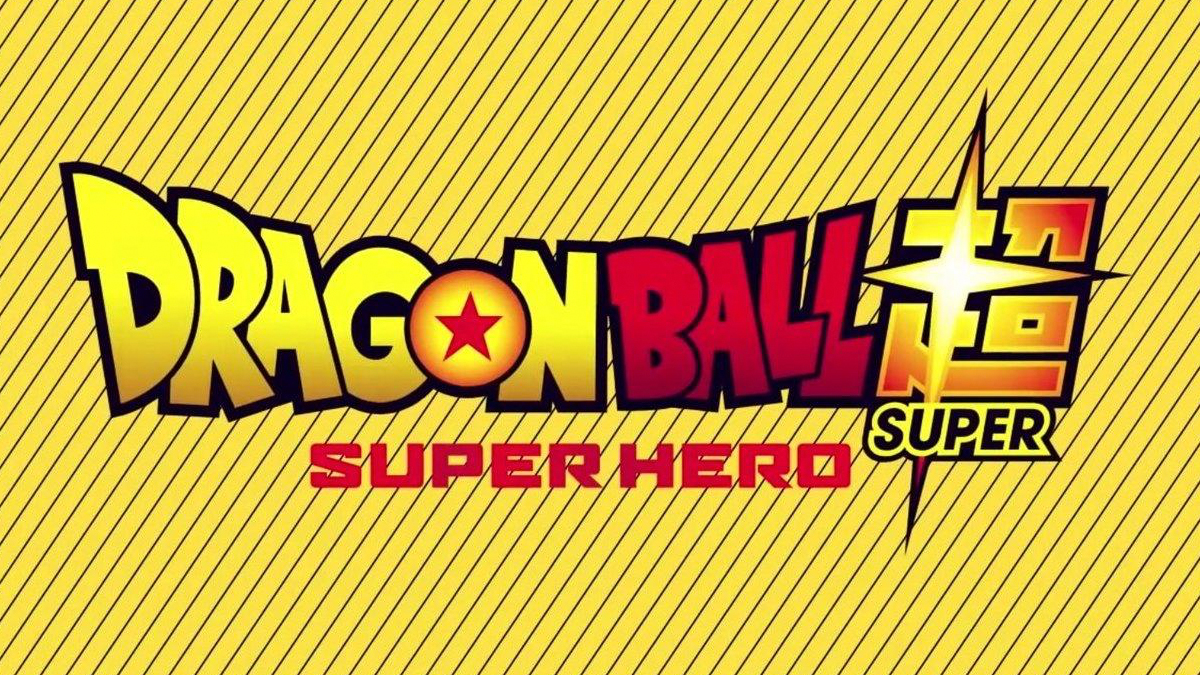
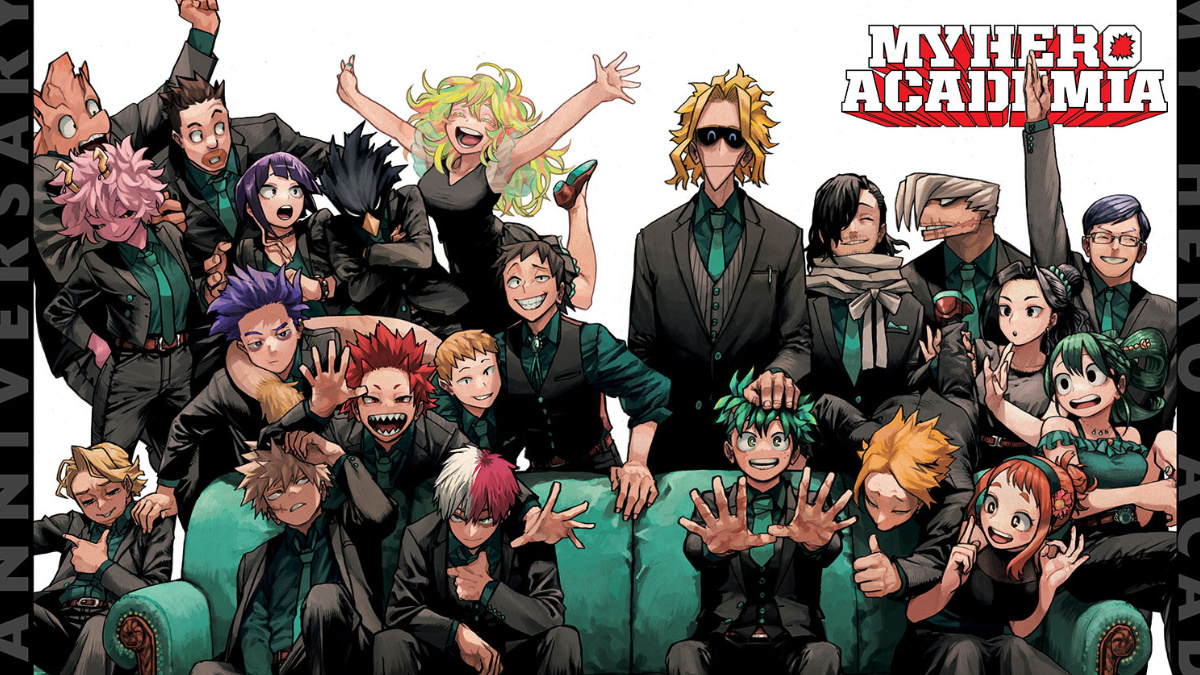
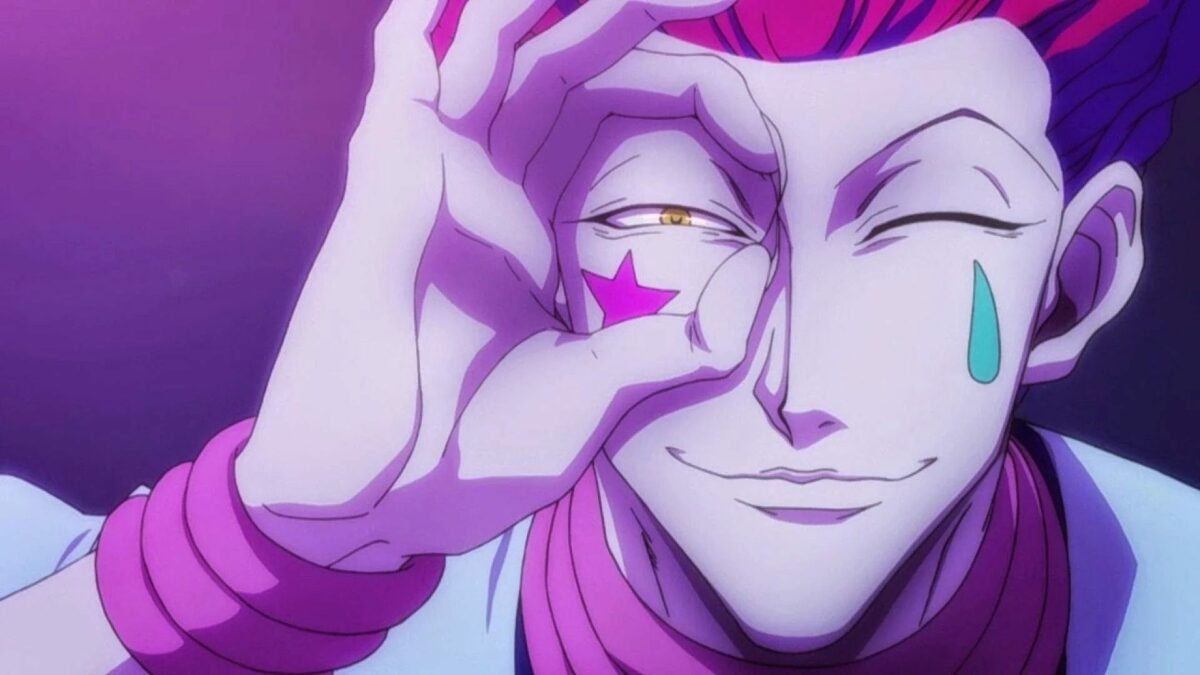
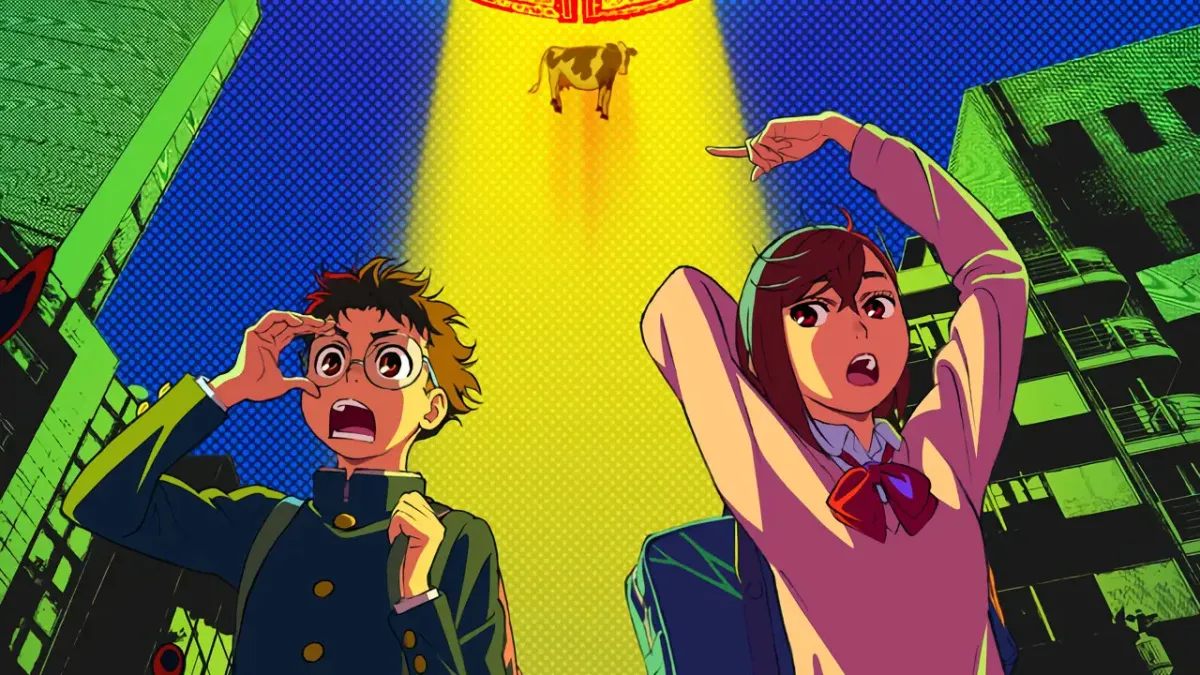
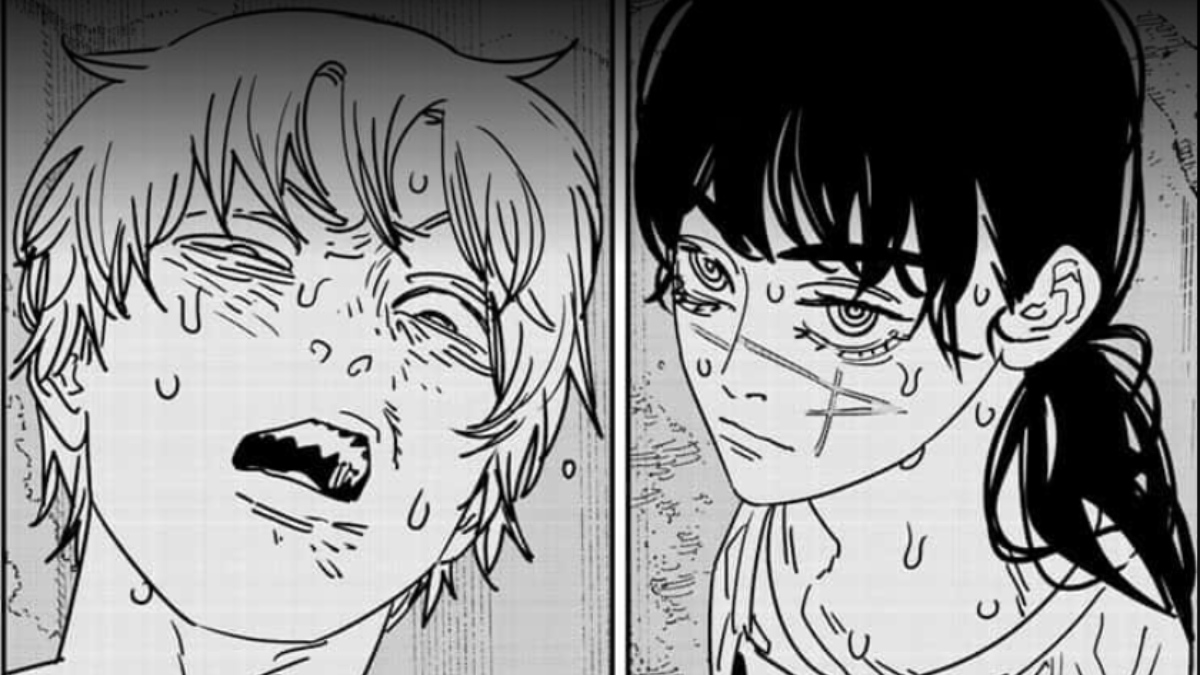

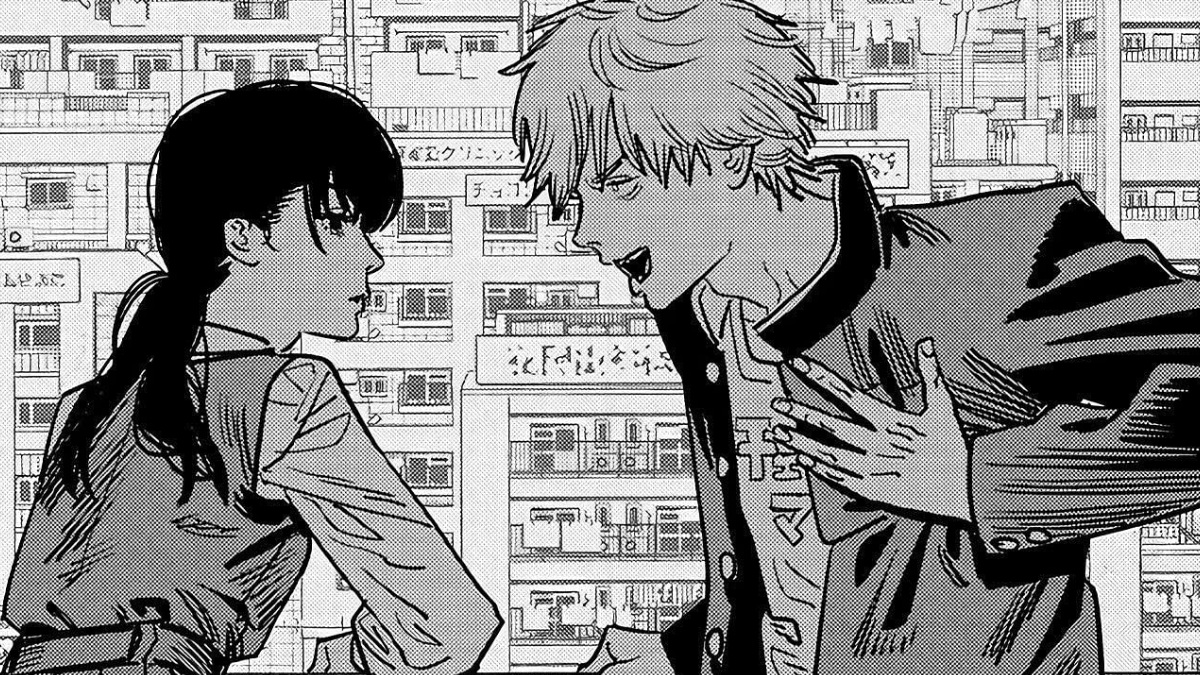





Updated: Aug 21, 2023 03:43 pm